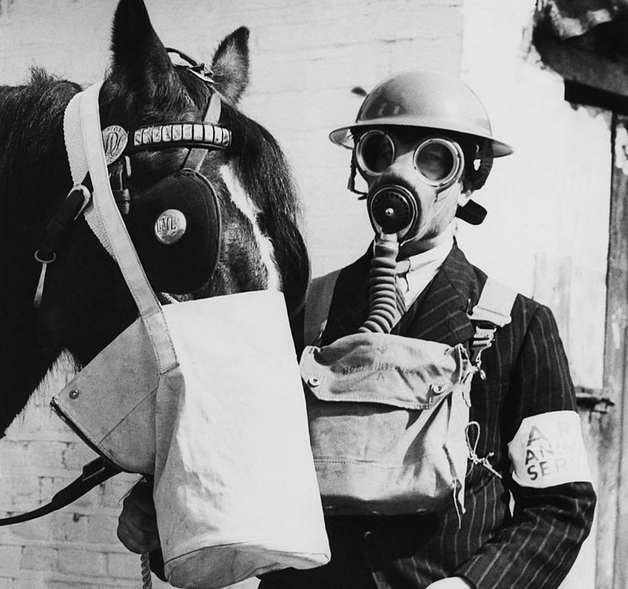Ritual masks

Ritual masks is a new, another “Me” on Ritual human activities
Ritual masks occur throughout the world, and although they tend to share many characteristics, highly distinctive forms have developed
The function of the masks may be magical or religious;
they may appear in rites of passage or as a make-up for a form of theatre. Equally masks may disguise a penitent or preside over important ceremonies;
they may help mediate with spirits, or offer a protective role to the society who utilise their powers.

Biologist Jeremy Griffith has suggested that ritual masks, as representations of the human face, are extremely revealing of the two fundamental aspects of the human psychological condition: firstly, the repression of a cooperative, instinctive self or soul; and secondly, the extremely angry state of the unjustly condemned conscious thinking egocentric intellect.
Ritual and ceremonial masks are an essential feature of the traditional culture of the peoples of a part of Sub-Saharan Africa, e.g. roughly between the Sahara and the Kalahari Desert. While the specific implications associated to ritual masks widely vary in different cultures, some traits are common to most African cultures. For instance, masks usually have a spiritual and religious meaning and they are used in ritual dances and social and religious events, and a special status is attributed to the artists that create masks to those that wear them in ceremonies. In most cases, mask-making is an art that is passed on from father to son, along with the knowledge of the symbolic meanings conveyed by such masks. African masks come in all different colours, such as red, black, orange, and brown.
A mask worn in various ceremonies (religious and magical dances). Ritual masks have been widely used since ancient times among many tribes and peoples of the world (in Africa, North and South America, Asia, and Oceania). Made of bark, wood, grass, skin, cloth, bone, and other materials, they depict human faces, animal heads, or the heads of fantastic and mythological creatures. One type of ritual mask covers the entire head.
The use of ritual masks is associated with the worship of ancestors, spirits, and animals, as well as with totemistic concepts. The wearer acts as if he were transformed into the creature depicted by the mask. Ritual masks have often been used by secret societies (for example, among the peoples of Melanesia, Africa, and America) and are used during the initiation of youths into manhood, raids, and the administering of justice. Ritual masks made of cloth and birch bark were formerly worn among a number of Siberian peoples, including the Shortsy, Buriats, and Nentsy, during certain types of shamanistic ceremonies; they were also worn among the Khanty and Mansi, during ceremonies after the killing of a bear.
In many cultures throughout the world, a judge wore a mask to protect him from future recriminations. In this instance, the mask represents a traditionally sanctioned spirit from the past who assumes responsibility for the decision levied on the culprit.
Rituals, often nocturnal, by members of secret societies wearing ancestor masks are reminders of the ancient sanction of their conduct. In many cultures, these masked ceremonies are intended to prevent miscreant acts and to maintain the circumscribed activities of the group. Along the Guinea coast of West Africa, for instance, many highly realistic masks represent ancestors who enjoyed specific cultural roles; the masks symbolize sanction and control when donned by the wearer. Among some Dan and Gere (Ngere, Guere) peoples of Liberia and Côte d’Ivoire, ancestor masks with generic features act as intermediaries for the transmission of petitions or offerings of respect to the gods. These traditional ancestral emissaries exert by their spirit power a social control for the community.
Members of secret societies usually conduct the rituals of initiation, a time during which young people are instructed in their future roles as adults and are acquainted with the rules controlling the social stability of the group. Totem and spiritualistic masks are donned by the elders at these ceremonies. Sometimes the masks used are reserved only for initiations. Among the most impressive of the initiation masks are the exquisitely carved human faces of west-coast African peoples. In western and central Democratic Republic of the Congo, large colorful helmet like masks are used as a masquerading device when the youth emerges from the initiation area and is introduced to the villagers as an adult of the tribe. After a lengthy ordeal of teaching and initiation rites, for instance, a Pende youth appears in a distinctive colorful mask indicative of his new role as an adult. The mask is later cast aside and replaced by a small ivory duplicate, worn as a charm against misfortune and as a symbol of manhood.
P.E. Zabolotskaya, Shaman masks on Siberia, Arctic Institute of Art and Culture (Russian): download PDF
See also: Plaque doctor mask, Medical masks
